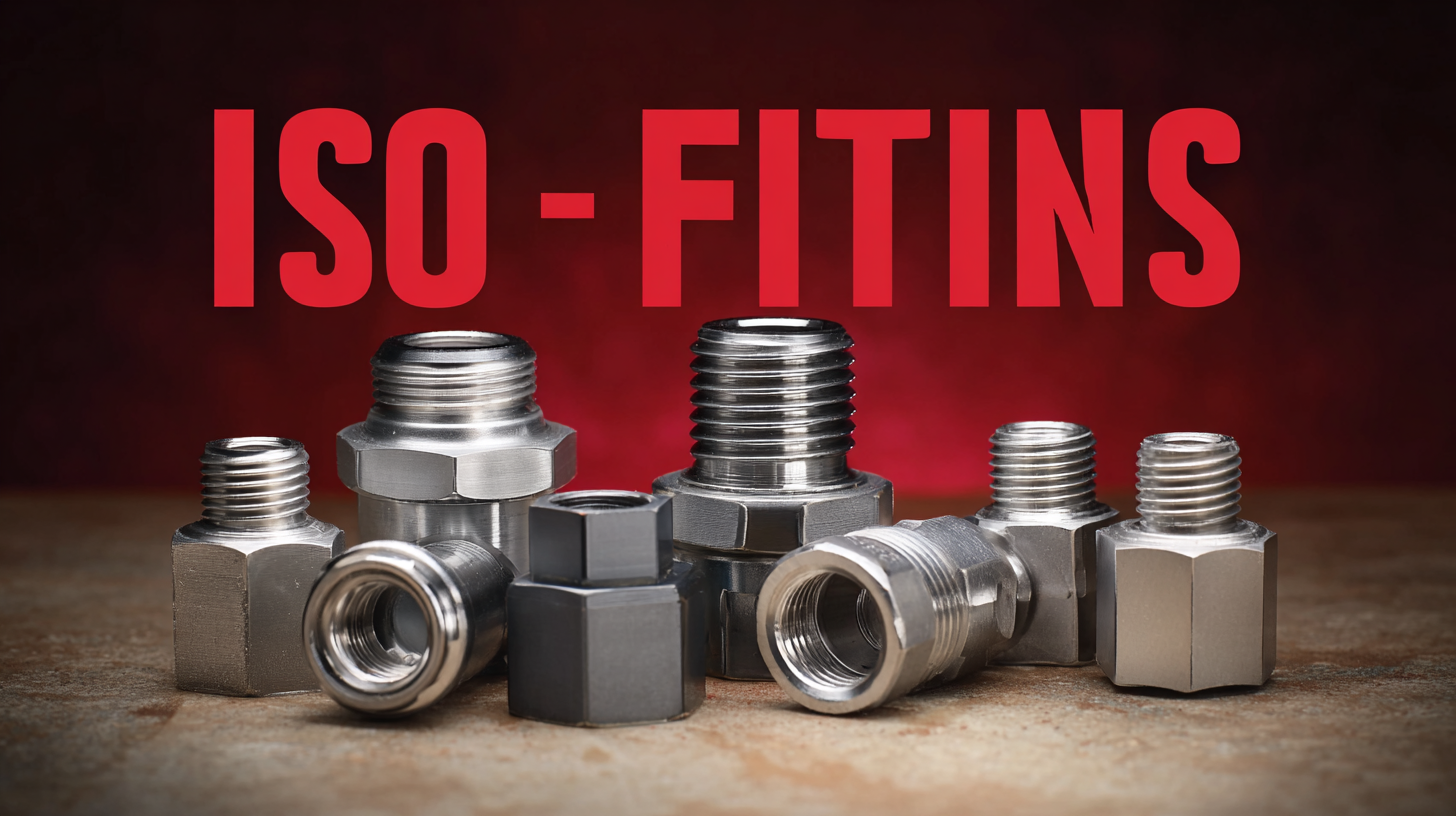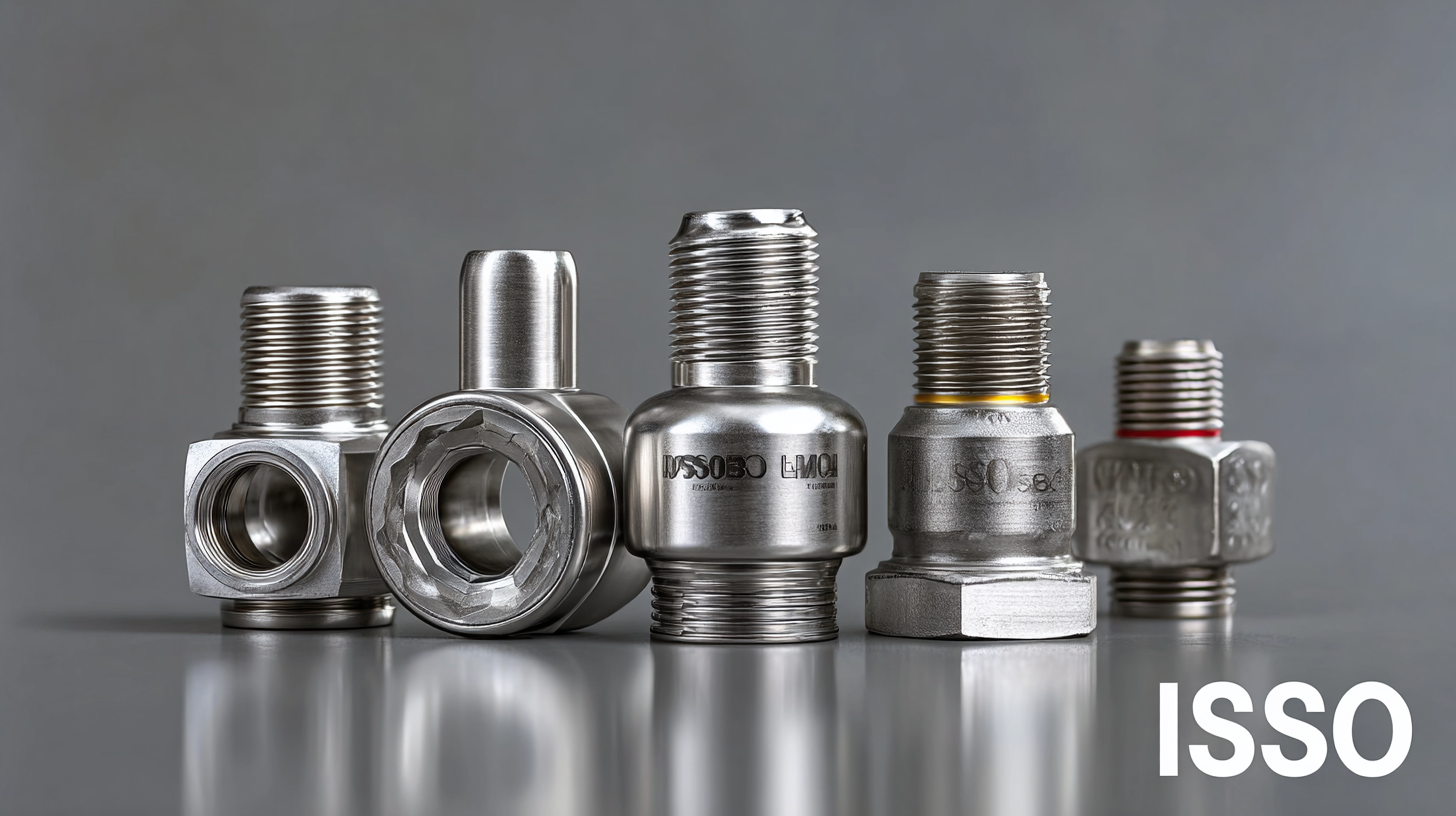- Home
- >
- Knowledge Center
- >
- Blogs
Blogs
Sharing knowledge is key to an innovative and healthy industry! This knowledge center is therefore a central place on our website to share information. Read all about our industry in the blogs below!
How to Choose the Best Iso Tank Fittings for Your Industrial Needs
In the rapidly evolving landscape of global trade, the significance of high-quality Iso Tank Fittings cannot be overstated. According to recent market research, the global iso tank container market was valued at approximately $3 billion in 2020 and is projected to reach around $5 billion by 2027, growing at a CAGR of 6.5%. This surge is driven by the increasing demand for safe and efficient transportation of liquids and gases across various industries. As businesses seek to optimize their logistics and ensure compliance with stringent safety standards, selecting the appropriate Iso Tank Fittings becomes crucial. With China's reputation for precision manufacturing, it stands as a leading provider of these essential components, underscoring the mantra “精工细造,中国制造,服务世界.” By understanding the critical factors influencing the selection of Iso Tank Fittings, businesses can enhance their operational efficiency and safeguard against potential risks associated with fluid transfer and storage.

Understanding Iso Tank Fittings: Key Features and Specifications
 When selecting ISO tank fittings for industrial applications, it’s essential to understand the key features and specifications that contribute to overall performance and safety. ISO tank fittings are critical to the functionality of transport tanks, ensuring safe handling and transfer of hazardous and non-hazardous materials. According to a report by the International Tank Container Association (ITCA), over 90% of liquid commodities transported globally utilize ISO tanks, highlighting the importance of reliable fittings in this sector.
When selecting ISO tank fittings for industrial applications, it’s essential to understand the key features and specifications that contribute to overall performance and safety. ISO tank fittings are critical to the functionality of transport tanks, ensuring safe handling and transfer of hazardous and non-hazardous materials. According to a report by the International Tank Container Association (ITCA), over 90% of liquid commodities transported globally utilize ISO tanks, highlighting the importance of reliable fittings in this sector.
One of the primary aspects to consider is the material construction of the fittings. High-grade stainless steel fittings are preferable due to their corrosion resistance and durability, especially when dealing with aggressive chemicals. As per the ASTM International standards, fittings need to meet specific strength and pressure requirements, typically around 3 bar to ensure safe operation under varying conditions. Additionally, compatibility with the ISO certification standards, such as ISO 1161 and ISO 1496, is crucial for maintaining quality and safety standards across global operations.
Another significant feature is the design of the fittings, which should allow for easy assembly and disassembly while maintaining a tight seal to prevent leaks. A study published in the Journal of Hazardous Materials indicated that improper fitting designs contributed to approximately 20% of spill incidents in the transport of hazardous materials. Thus, investing in high-quality, well-designed fittings not only enhances operational efficiency but also mitigates environmental risks, making it a critical consideration for industries relying on ISO tank transport.
The Importance of Quality in Iso Tank Fittings for Industrial Applications
When selecting ISO tank fittings for industrial applications, the quality of these components is paramount. High-quality fittings ensure that the storage and transportation of liquids are safe and efficient, minimizing the risk of leaks or contamination. This is especially critical in industries that handle hazardous materials, where even minor failures can have severe repercussions.
Investing in reliable fittings not only protects the integrity of the contents but also promotes compliance with industry regulations and standards.
Furthermore, the durability of fittings directly affects operational efficiency. High-quality materials, such as stainless steel or robust polymers, withstand harsh environmental conditions and chemical exposure, extending the lifespan of the fittings. By choosing fittings designed for longevity, businesses can reduce maintenance costs and downtime associated with replacements. Ultimately, the emphasis on quality in ISO tank fittings not only safeguards processes but also contributes to a more sustainable industrial operation, aligning with modern practices that prioritize safety and environmental responsibility.
Choosing the Right Material: Considerations for Durability and Compatibility
When selecting iso tank fittings for industrial applications,
choosing the right material is crucial to ensure durability and compatibility. According to the
"Global Industrial Fittings Market Report,"
materials such as stainless steel and
polypropylene are highly favored due to their resistance to corrosion and excellent mechanical properties.
Stainless steel, especially, is noted for its ability to withstand extreme temperatures and pressures,
making it ideal for transporting hazardous liquids. The report highlights that over
70% of industries prefer stainless steel
fittings for their projects, reflecting its robust nature and reliability.
Another significant consideration is the compatibility of the materials with the substances being transported.
For instance, while polypropylene offers great chemical resistance, it may not perform well under high temperatures compared to
stainless steel. A study published in the
"Journal of Materials Science"
indicates that improper material selection can lead to failures, resulting in costly downtime and safety hazards.
Thus, assessing chemical compatibility and the operational environment is essential for making the right choice
in iso tank fittings, ensuring safety and efficiency in industrial operations.
Top Manufacturing Standards: What to Look for from Chinese Factories
When selecting the best ISO tank fittings for your industrial needs, it's essential to consider manufacturing standards, especially when sourcing from Chinese factories. Recent advancements in smart manufacturing, particularly with the establishment of top-tier 5G factories in China, have highlighted the importance of adhering to international quality guidelines. Factories that achieve high ratings, such as those designated as "lighthouse factories", showcase the integration of cutting-edge technology and robust standards that ensure safety and efficiency in production processes.

Chinese manufacturers are now equipped with ISO certifications, which guarantee compliance with stringent international requirements. For instance, the newly built 5G factory in Nanjing exemplifies how modern facilities leverage technology to enhance productivity and precision. When choosing tank fittings, it’s imperative to look for products that are manufactured under such rigorous standards, ensuring reliability and reducing operational risks. As industry standards continue to evolve, partners must prioritize suppliers who demonstrate a commitment to quality and adherence to established certifications.
Cost vs. Quality: Making Informed Decisions on Iso Tank Fittings
When selecting the best ISO tank fittings for your industrial needs, it's essential to balance
cost and quality to optimize your operations. Investing in quality fittings can significantly enhance
safety and efficiency in your cargo handling processes. High-quality fittings are designed to withstand
the rigors of transport, ensuring that your cargo is secure and compliant with international standards.
On the other hand, low-cost options may lead to higher long-term expenses due to frequent replacements
and potential safety hazards.
Tips: Choose fittings made from durable materials that can handle
various types of cargo. Investigate the certifications and standards compliance of the fittings to ensure
they meet your industry requirements. Additionally, consult with suppliers who offer warranties or guarantees
on their products, demonstrating confidence in their quality and durability.
In today's competitive trade environment, ports must be able to adapt quickly to diverse cargo types
and handling requirements. This adaptability helps maintain operational efficiency, which is critical
for maximizing trade profitability. Therefore, investing in the right fittings not
only improves your logistics operations but also positions your business to thrive in a fast-paced market.
